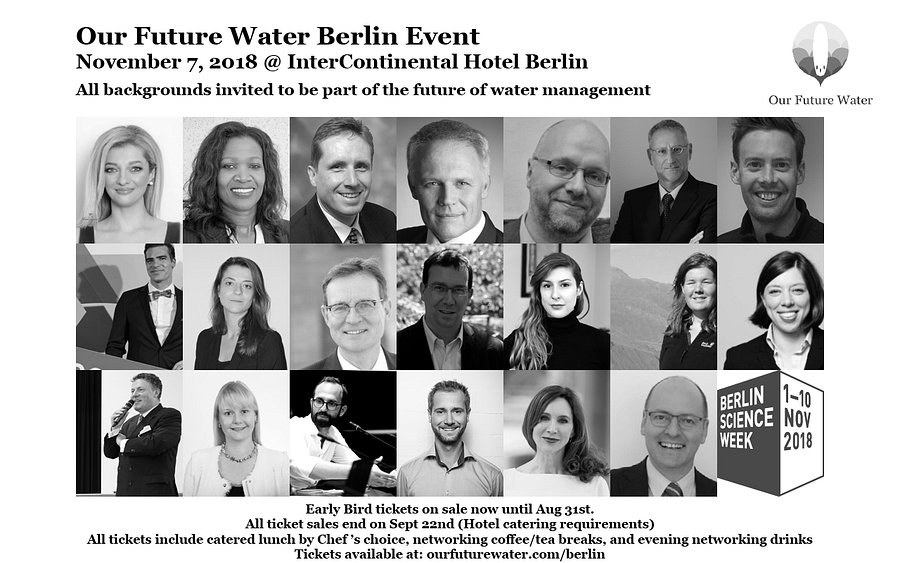Europe’s New Water
Published on by Robert Brears, Founder of Our Future Water, Young Water Leaders, Mitidaption & Author (Springer Nature, Wiley) in Technology
Water is a limited resource in the European Union (EU), with one-third of the EU territory experiencing water stress. Read how Malta, a semi-arid country located in the center of the Mediterranean Sea, is developing a New Water solution to ensure water security.
By Robert C. Brears*
Over the past 30 years, the frequency and intensity of droughts and their environmental and economic damages in the EU have drastically increased. Between 1976 and 2006 the numbers of areas and people affected by droughts increased by 20% and the total costs of droughts amounted to EUR 100 billion. In 2017, summer droughts resulted in the Italian farming sector alone losing EUR 2 billion. This trend is expected to continue into the future with no part of Europe immune. In fact, by 2030, water stress and scarcity will likely affect half of Europe’s river basins.
Malta has historically been challenged in meeting demand for municipal water supply as well as the needs of the agricultural and commercial sectors. To meet demand, Malta has over the past two decades developed sea-water desalination technology which today accounts for around 60% of the municipal water supply.
To further water security, Malta’s Water Services Commission has established the New Water program, which involves treated wastewater going through ultrafiltration to remove bacteria, reverse osmosis to remove chemicals, and advanced oxidation to remove remaining pollutants. Each year the program produces 7 million m³ of high-quality water suitable for safe crop irrigation. This will potentially meet up to 35% of the current total demand of the agricultural sector. In addition, the high-quality water can be used for landscaping and industry, ensuring New Water is fully utilized during periods of low demand by the agricultural sector.
Currently, New Water is available through hydrants, which are accessed by electronic cards. As of 2018, seven hydrants are available in the North region of Malta. Moving forward, the program is developing three additional networks to increase the number of hydrants available for water users.
The take-out
Recycled wastewater offers a new source of water for multiple uses.
*Robert C. Brears is the author of Urban Water Security (Wiley) The Green Economy and the Water-Energy-Food Nexus (Palgrave Macmillan), Natural Resource Management and the Circular Economy (Palgrave Macmillan), Blue and Green Cities: The Role of Blue-Green Infrastructure in Managing Urban Water Resources (Palgrave Macmillan) and editor of Climate Resilient Water Resources Management (Palgrave Macmillan). He is Founder of Our Future Water, Mitidaption, and Mark and Focus.
· LinkedIn Groups: Our Future Water / Urban Water Security
· Twitter: Mitidaption / YoungH20Leader / Our Future Water

Attached link
https://medium.com/mark-and-focus/europes-new-water-7360cc68cdbaMedia
Taxonomy
- Water
- Wastewater Use
- Reclaimed Wastewater
- Water Footprint
- Wastewater Treatment
- Wastewater Collection
- Water Footprint Research
- Desalination
- Water & Wastewater
- Water & Wastewater
- Water & Wastewater
- Water
- Water
- Water
- Desalination
- Water-Energy-Food Security
- wastewater